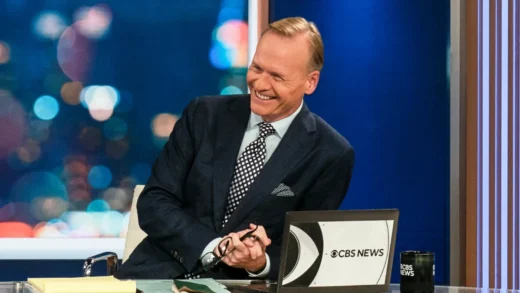Higher, further, faster.
That’s an apt moniker for the box office debut of Captain Marvel, the first female-led superhero pic from Marvel Studios and Disney. The movie, starring Brie Larson, scored the sixth-best worldwide start of all time with $455 million, including $153 million in North America and a whopping $302 million overseas, which repped the fifth-best foreign opening in history.
Captain Marvel‘s performance so far internationally is of particular significance in the quest for gender equality on the big screen, signaling to Hollywood studios that an event pic starring a woman can hold its own around the world and rival action tentpoles featuring men.
“I think we tend to perpetuate myths that are simply untrue, such as that men won’t watch a female-led superhero movie, or that African-American superhero movies won’t play overseas. Over and over again, we see that those myths are just stories that we tell ourselves to make the same type of movies in the same way,” says newly installed Imax Entertainment president Megan Colligan, who previously led marketing and distribution at Paramount. “The studios who have said no to those myths and have pushed to defy them have been wildly successful.”
Captain Marvel did huge business in Imax theaters — a favorite haunt of fanboys — which contributed $36.1 million globally. That included $22 million overseas, the second-biggest weekend for the premium exhibitor behind Jurassic World.
“People want great movies with strong specific stories and characters they can relate to and they can believe in,” says Colligan. Or, as Disney distribution chief Cathleen Taff puts it, “People crave representation.”
In summer 2017, DC and Warner Bros.’ Wonder Woman made box office history in debuting to $103 million in North America, proving that a female-led superhero pic could do huge business. The film, starring Gal Gadot, topped out at a mighty $412.6 million domestically. Internationally, it finished its run at $409.2 million.
While it certainly did strong business overseas, Wonder Woman only collected 50 percent of its global gross from foreign markets. Often, a Hollywood tentpole collects between 60 percent and 70 percent of its total gross offshore, a point not lost on studio honchos when greenlighting a tentpole. The foreign share of Captain Marvel‘s first weekend was 66 percent.
“This continues the momentum started by Wonder Woman. Female-led movies have been gaining traction for several years, but these two films, along with Black Panther, show that a superhero doesn’t have to be a white male in order to support a massive budget,” says Wall Street analyst Erik Handler of MKM Partners.
Captain Marvel, which cost $150 million to make before marketing, shares rarefied air. Overseas, it debuted only behind The Fate of the Furious ($443.2 million), Avengers: Infinity War ($382.8 million), Jurassic World ($316.7 million) and the final Harry Potter pic ($314 million).
In North America, Captain Marvel soared past the $103 million opening of Wonder Woman, as well as landing the seventh-biggest debut for the Marvel Cinematic Universe behind the three Avengers movies, Black Panther, Captain America: Civil War and Iron Man 3, not adjusted for inflation.
Captain Marvel has touched down in virtually every major market, save for Japan. In China, the movie debuted to $89.3 million, followed by $24.1 million in South Korea, $16.8 million in the U.K. and $13.4 million in Brazil, a near-industry record.
Directed by Anna Boden and Ryan Fleck, Captain Marvel — which opened on International Women’s Day — also stars Samuel L. Jackson, Ben Mendelsohn, Djimon Hounsou, Lee Pace, Lashana Lynch, Gemma Chan, Rune Temte, Algenis Perez Soto, Mckenna Grace, Annette Bening, Clark Gregg and Jude Law.
The pic, set in 1995, follows galactic warrior Vers as she flexes her powers and savvy when a battle between two alien races threatens Earth. Along the way, she discovers her true identity and past — along with Goose the cat. Larson reprises the role in the upcoming Avengers: Endgame.
“Marvel has an incredible track record of bringing diverse experiences and a different perspectives to their movies,” says Taff, “both behind and in front of the camera.”
( Excerpt) Read more in: The Hollywood Reporter





